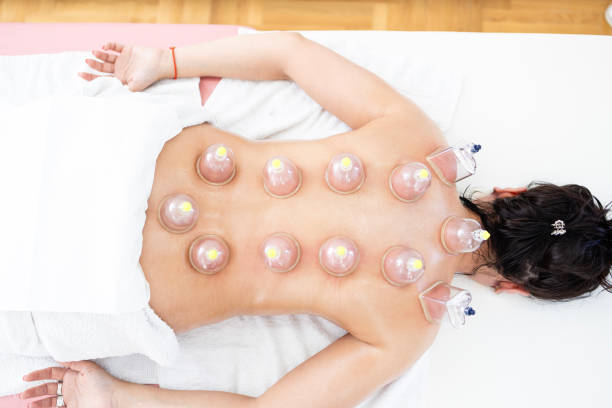In the pursuit of holistic well-being, individuals often seek methods that address both physical ailments and spiritual balance. Hijama Treatment, an ancient therapeutic practice rooted in traditional medicine, offers a comprehensive approach to healing by harmonizing the body and soul. This article explores the essence of Hijama Treatment, its historical significance, therapeutic techniques, potential benefits, and considerations for those considering this alternative therapy.
Understanding Hijama Treatment
Hijama Treatment, also known as cupping therapy, has been practiced for centuries across various cultures, including traditional Chinese medicine, Islamic medicine, and ancient Greek medicine. The word "Hijama" is derived from the Arabic root meaning "to suck" or "to extract," reflecting the central technique of creating suction on the skin's surface using cups. The process involves placing cups on specific points of the body and creating a vacuum to draw out impurities, toxins, and stagnant blood from the underlying tissues.
Points:
- Hijama Treatment is an ancient therapeutic practice.
- Also known as cupping therapy, it has roots in various cultures.
- The process involves creating suction on the skin's surface using cups to draw out impurities.
Historical Significance of Hijama Treatment
The origins of Hijama Treatment can be traced back to the teachings of the Prophet Muhammad (peace be upon him), who recommended it as a remedy for various ailments. The practice holds significant cultural and religious importance in Islamic traditions, with references in the Hadith literature highlighting its therapeutic benefits. Throughout history, Hijama Treatment has been utilized to alleviate pain, promote healing, and maintain overall health and well-being.
Points:
- Hijama Treatment has roots in the teachings of the Prophet Muhammad.
- It holds cultural and religious significance in Islamic traditions.
- Historically used to alleviate pain, promote healing, and maintain health.
Therapeutic Techniques of Hijama Treatment
Hijama Treatment encompasses various techniques, including dry cupping, wet cupping, and massage cupping. Dry cupping involves placing cups on the skin without any incisions, while wet cupping involves making small superficial cuts before applying the cups to facilitate bloodletting. Massage cupping combines cupping with massage techniques to enhance circulation and tissue relaxation. The choice of technique depends on the individual's condition, preferences, and the practitioner's expertise.
Points:
- Hijama Treatment includes dry cupping, wet cupping, and massage cupping techniques.
- Dry cupping is performed without incisions, while wet cupping involves bloodletting.
- Massage cupping combines cupping with massage for enhanced circulation and relaxation.
Potential Benefits of Hijama Treatment
Advocates of Hijama Treatment believe it offers a wide range of benefits for both physical and mental health. Some potential benefits include pain relief, improved blood circulation, detoxification, immune system enhancement, stress reduction, and relaxation. By promoting the body's natural healing mechanisms and restoring balance, Hijama Treatment aims to address underlying imbalances and promote overall well-being.
Points:
- Hijama Treatment proponents claim various benefits for physical and mental health.
- Potential benefits include pain relief, improved circulation, detoxification, immune enhancement, stress reduction, and relaxation.
- It aims to promote the body's natural healing mechanisms and restore balance.
Considerations for Hijama Treatment
Before undergoing Hijama Treatment, it's essential to consider certain factors to ensure safety and effectiveness. It's crucial to seek treatment from a qualified and experienced practitioner who follows proper hygiene and sterilization protocols. Individuals with certain medical conditions, such as bleeding disorders or skin infections, should consult with a healthcare professional before undergoing Hijama Treatment. Additionally, discussing expectations, potential risks, and post-treatment care with the practitioner is essential for a positive experience.
Points:
- Hijama Treatment should be performed by a qualified practitioner following hygiene protocols.
- Individuals with medical conditions should consult a healthcare professional beforehand.
- Discussing expectations, risks, and post-treatment care is important before undergoing treatment.
Conclusion
Hijama Treatment offers a holistic approach to healing, addressing both physical ailments and spiritual well-being. With its roots in ancient traditions and therapeutic techniques aimed at promoting balance and harmony within the body, Hijama Treatment continues to be embraced by individuals seeking natural and alternative forms of therapy. By understanding its history, techniques, potential benefits, and considerations, individuals can make informed decisions about incorporating Hijama Treatment into their wellness regimen, thus embarking on a journey toward greater harmony of body and soul.





Comments